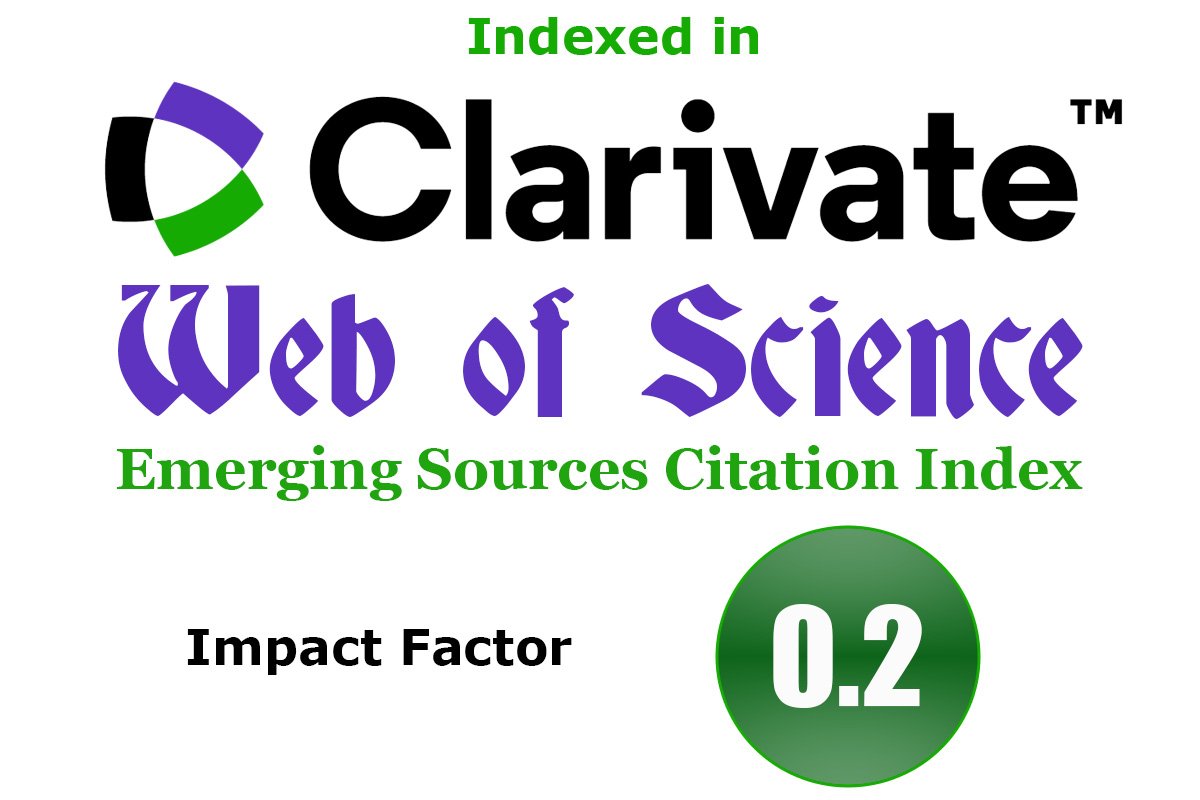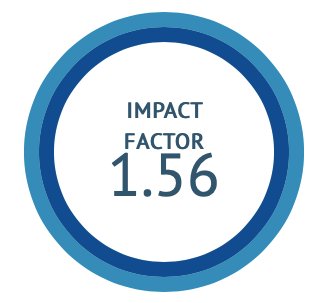Ayurvedic management of Klaibya (Impotency) – A case study
DOI:
https://doi.org/10.47552/ijam.v16i1.5363Keywords:
Chandraprabha Vati, Klaibya, Kapikacchu Churna, Mustadi Yapan Basti, Oligoasthenozoospermia, VajikaranaAbstract
Impotency means a man who is unable to perform sexual intercourse, being powerless and unable to carry out sexual activities. Nowadays Klaibya is considered as one of the most common problems affecting the males having variable severity. Change in lifestyle, food habits, sedentary lifestyle and some psychological causes like Chinta, Shoka, Bhaya, Krodha etc. causes Klaibya. The male sexual dysfunctions have been elaborately described as Klaibya (Impotency) in Ayurvedic classics. In clinical practices Klaibya (Impotency) is the most common psychosexual disorders. It has a significant negative impact on the quality of life of the patients along with their partners. It is projected as a medico-social problem. Vajikarana, a specialized branch of Ayurveda deals in treating these problems. It refers to a problem during any phase of the sexual cycle that restricts the man from experiencing satisfaction from the activity. Nowadays the incidence of sexual dysfunction is increasing due to age, sedentary life style, unhealthy foods etc. About 5% of 35 years old men and between 15% and 25% of 50 years old men experience sexual dysfunctions. Vajikarana (Medicine which improves sexual capability) branch of Ashtanga Ayurveda (one of the subjects of Ayurved study) deals with fertility, potency and healthy progeny. In this branch diagnosis and management of infertility and Sexual dysfunction are dealt in detail.
Downloads
Published
How to Cite
Issue
Section
License
Copyright (c) 2025 International Journal of Ayurvedic Medicine

This work is licensed under a Creative Commons Attribution-NonCommercial-ShareAlike 4.0 International License.
The author hereby transfers, assigns, or conveys all copyright ownership to the International Journal of Ayurvedic Medicine (IJAM). By this transfer, the article becomes the property of the IJAM and may not be published elsewhere without written permission from the IJAM.
This transfer of copyright also implies transfer of rights for printed, electronic, microfilm, and facsimile publication. No royalty or other monetary compensation will be received for transferring the copyright of the article to the IJAM.
The IJAM, in turn, grants each author the right to republish the article in any book for which he or she is the author or editor, without paying royalties to the IJAM, subject to the express conditions that (a) the author notify IJAM in advance in writing of this republication and (b) a credit line attributes the original publication to IJAM.




